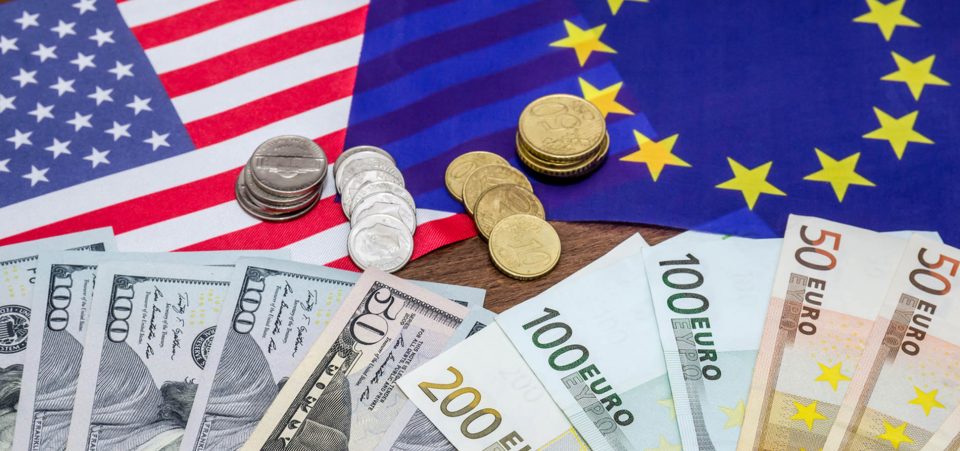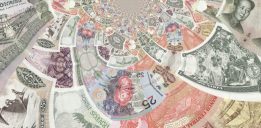If He Keeps His Promises, Donald Trump Could Easily Move the EURUSD Higher Than Parity
The EURUSD continued its retreat. The euro entered another bearish phase, probably in expectation of President-elect Donald Trump’s press conference on Wednesday. Forex traders were on the lookout for concrete announcements, particularly in terms of fiscal policy and the promised infrastructure spending.
The variables affecting the EURUSD in 2017 are more complex than last year. It’s a year of major change at the White House. Trump could be a “great disruptor.” This has fueled uncertainty over monetary policy. The European Central Bank (ECB), meanwhile, has already revealed its hand for 2017: more quantitative easing (QE).
The Fed raised rates twice in 2016; it had planned four increases. It’s no surprise many analysts have doubts about whether it will be able to make three increases in 2017. Then there’s the Trump, or “Trumponomics,” factor. If his economic plan works, not only could the EURUSD reach parity in 2017, but the dollar could overtake the euro.
2016 proved that it is dangerous to make predictions. Everything from Brexit to the U.S. election to—to a lesser extent—the Italian Referendum went against the expected outcome. But EURUSD parity could be inevitable if Trump delivers even half of what he has promised.
The long-range view has led many analysts and commentators (including myself) to believe that the dollar and the euro will reach parity. Such banks as Barclays (and even Deutsche Bank AG [NYSE:DB]) have long suggested that the EURUSD would achieve a 1:1 ratio. (Source: “$US climbs to a 14-year high on Federal Reserve rate hike, Trump’s plans,” Financial Review, December 15, 2016.)
In the past, Trump has accused the Fed of failing to raise rates to help Barack Obama’s government—and boost Hillary Clinton’s election chances. Now, Trump himself has become the additional unknown factor, rendering the equation more complex.
Much will also depend on macro data coming in, reflecting the relative strength of the two economies, the U.S. and the eurozone. The promise of more expansionary fiscal policies in the U.S. could reinforce the already complex dynamics.
Meanwhile, as the U.S. could see the return of inflation and growth, the eurozone still lacks any similar momentum. Inflation and GDP remain flat in most countries except Germany. But even Angela Merkel will have her challenges to confront in 2017. She is up for an election amid growing concerns over migrants and refugees.
There are more political unknowns in Europe. Brexit did not cause the expected harm but the U.K. was never part of the eurozone. In 2017, many eurozone countries, however, could elect anti-euro parties to power, including France and the Netherlands. Italy could be up for an election as well in 2017.
This points to a strengthening of the dollar. As Trump spoke, the EURUSD fell to 1.05 from 1.06. Note, in 2014, the EURUSD was 1.40. Donald Trump, who has injected unexpected optimism, could enhance the buoyant dollar against a fragile Euro.






